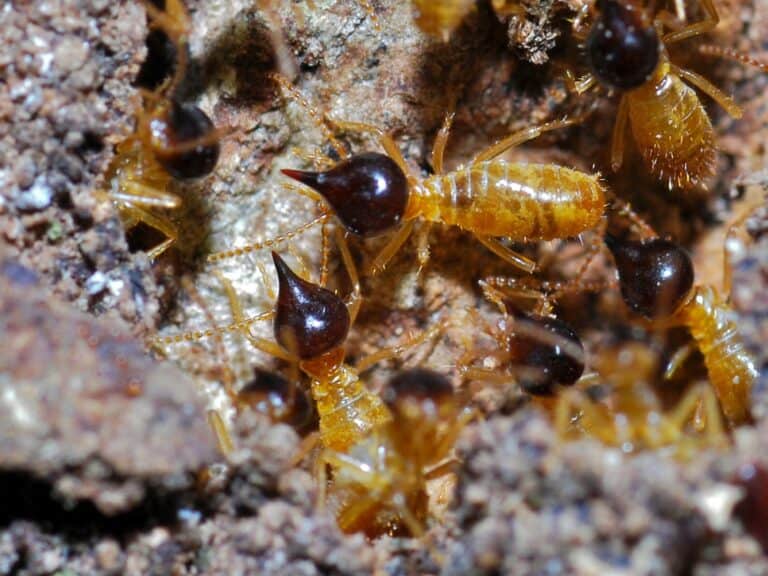Acrobat Ant Information
Like most types of ants, acrobat ants can be a nuisance. While the acrobat ant is usually harmless to people and property, they are still not something you want to see around your house. Plus, where there’s one, there’s many, many more. Here’s what you need to know about acrobat ants:
Identifying Big Headed Ants:
Acrobat ants are black, dark brown, or reddish in color, similar to argentine ants. They vary in length from approximately 1/8” to ¼ “. They were given the name, Acrobat ant, because they tend to raise their abdomens way above their heads when they are disrupted. They are also easily identified because their abdomens are shaped like a heart.
Location and Behavior Patterns Of Acrobat Ants:
Acrobat ants like to nest in dead or rotting wood, especially wood that is moist. They can often be found in tree stumps, in dead tree limbs, or under piles of wood. They can move indoors through cracks in the foundation or along electrical or plumbing lines that run into a home. Once inside, they will create their nests near dampness, such as near a water leak or in nests that were previously created by termites or carpenter ants. They will also create long trails that may contain hundreds of ants, that run between their food source and their nest.
How to Identify Acrobat Ants
These ants get their name from their unique ability to raise their abdomens over their head – quite an acrobatic maneuver for an ant. They range in color from light red or brown to black, with shiny bodies measuring from 1⁄8 to 1⁄4 of an inch in length. Acrobat ants also have stingers, but they rarely use them on humans, so they don’t pose much of a threat.
Problems they Cause
Among ant species, acrobat ants aren’t the most problematic. In fact, they usually stay outdoors, nesting in rotted wood or trees. If the ants do make their way inside, they will look for damp wood to nest in – usually around windows or door frames. While they aren’t known to damage or eat the wood they nest in, they will occasionally destroy insulation. If you see acrobat ants indoors, it’s a good indication that you may have bigger problems at hand, in the form of rotting or damaged wood.
Seasonality
Acrobat ants are active all year, especially in Florida where mild temperatures average most of the year.
Treatment:
Sometimes the nest of an Acrobat ant is difficult to reach, because they may have created the nest in rotting wood that is far from the ground. The main treatment for this type of ant is the prevention of them from entering your home, such as sealing any construction cracks and around wiring and pipes that enter your home, as well as repairing any type of water leak that you may have around your home. Because Acrobat ants need water, then limiting the amount of standing dampness in your home is the best treatment, along with regular inspection and treatment of easily located nests.











